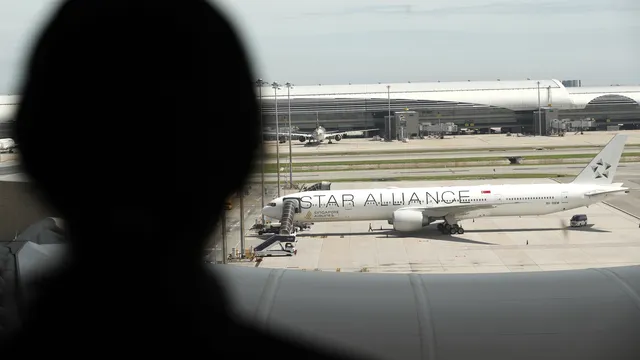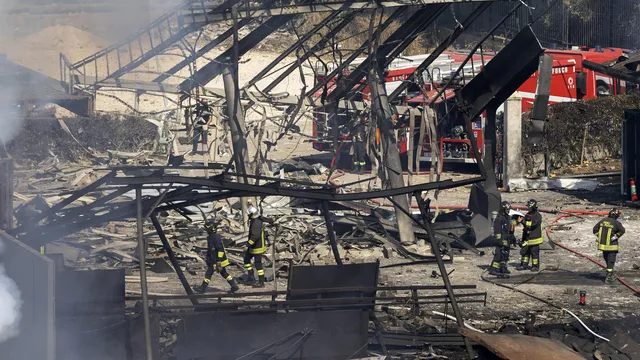An experienced pilot has identified key mistakes that passengers make during turbulence. Scientists have found that climate change is increasing turbulence during flights. Despite the more frequent cases of “air strikes”, many passengers are still making the same mistakes that endanger their own health and safety.
Unfasten your seatbelts
Retired commercial airline pilot Richard Wells, in a comment for Ski Vertigo, has identified three key mistakes that passengers make during turbulence. The first is sitting with their seatbelts unfastened. According to him, people often unfasten their seatbelts just because the “Fasten your seatbelt” sign is not lit. “Just because the light is off doesn’t mean the flight will be smooth. I’ve seen passengers ejected during sharp descents because they weren’t wearing their seatbelts,” the pilot was quoted as saying by the Daily Mirror. The fact is, turbulence occurs when an airplane encounters strong air currents that can push or pull it. In most cases, it can be detected by radar, but there is also “clear air turbulence,” which is not detected. So passengers who are not wearing their seat belts can be thrown around more than their fellow passengers. That’s why most pilots recommend keeping your seat belt fastened at all times while you’re seated, not just during turbulence or announcements. In fact, data shows that most turbulence-related injuries are related to passengers or crew members who are not wearing seat belts.
Getting out of your seat
The second mistake is leaving your seat when turbulence is threatening. Although leaving your seat during turbulence is highly discouraged, some people still choose to ignore the warnings to go to the bathroom or grab something from the overhead bins. “If the seatbelt sign is on, don’t get up, no matter how fast you think it’s going to happen. We’ve had people lose their balance, fall into others, or be hit by objects falling from the compartments,” Richard warned.
If a passenger needs to move around the cabin for medical reasons or other emergencies, he recommends waiting for instructions from the crew.
Over-panic
This is the third mistake. Sure, when turbulence hits, it can be terrifying, but panicking won’t help. In fact, it can make it worse. “Turbulence feels dramatic, but airplanes are designed to deal with it. It’s nothing more than a bump in the road… When passengers scream or panic, it creates unnecessary tension throughout the plane,” Richard explained. To deal with panic, he suggests deep breathing, relaxation, and distraction with music, a book, or light conversation. It’s also important to always follow the crew’s instructions. "Planes are designed for much worse conditions than the turbulence most passengers experience. It's not dangerous, it's unpleasant. The main thing is to stay buckled in and stay calm," the pilot added. | BGNES

 Breaking news
Breaking news
 Europe
Europe
 Bulgaria
Bulgaria







